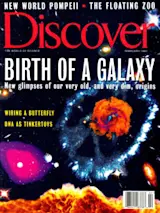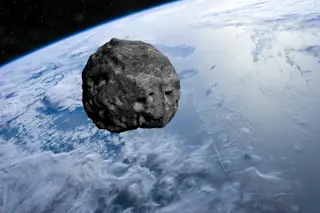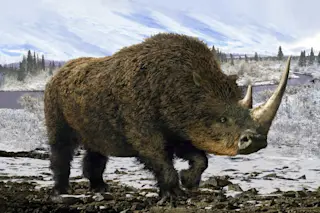Sixty-five million years ago, at the end of the Cretaceous Period, a 10-mile-wide comet or asteroid dropped out of the sky and plowed out a 120-mile-wide crater in the Caribbean near Mexico’s Yucatán Peninsula. The impact, many researchers believe, was at least partly responsible for the fifth biggest extinction of all time, with numerous species of plants, marine animals, and, most famously, dinosaurs vanishing. But finding the links between the crater, known as Chicxulub, and the pattern of extinctions has been tricky. Recently, however, two Rhode Island researchers have found a clue--the angle of the impact--that could explain a lot about the extinctions, particularly why North America suffered more than the rest of the world. The Chicxulub fist of fury, say the researchers, came streaking toward the northwest over the Atlantic at an angle of 20 to 30 degrees, creating an enormous, searing vapor cloud that within minutes incinerated large ...
When North America Burned
Explore how the Chicxulub impact and extinction shaped North America’s unique extinction patterns during the Cretaceous Period.
More on Discover
Stay Curious
SubscribeTo The Magazine
Save up to 40% off the cover price when you subscribe to Discover magazine.
Subscribe













